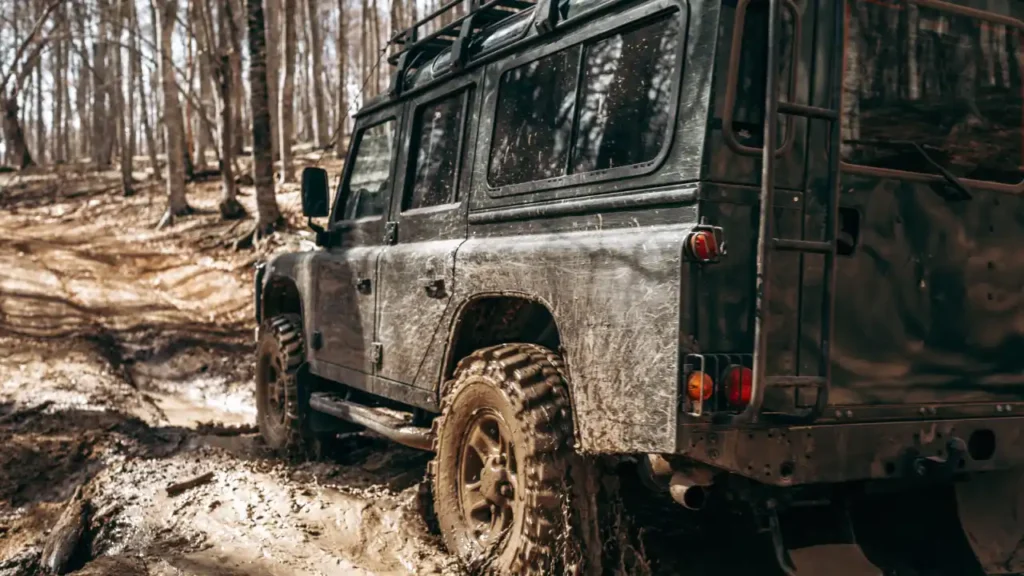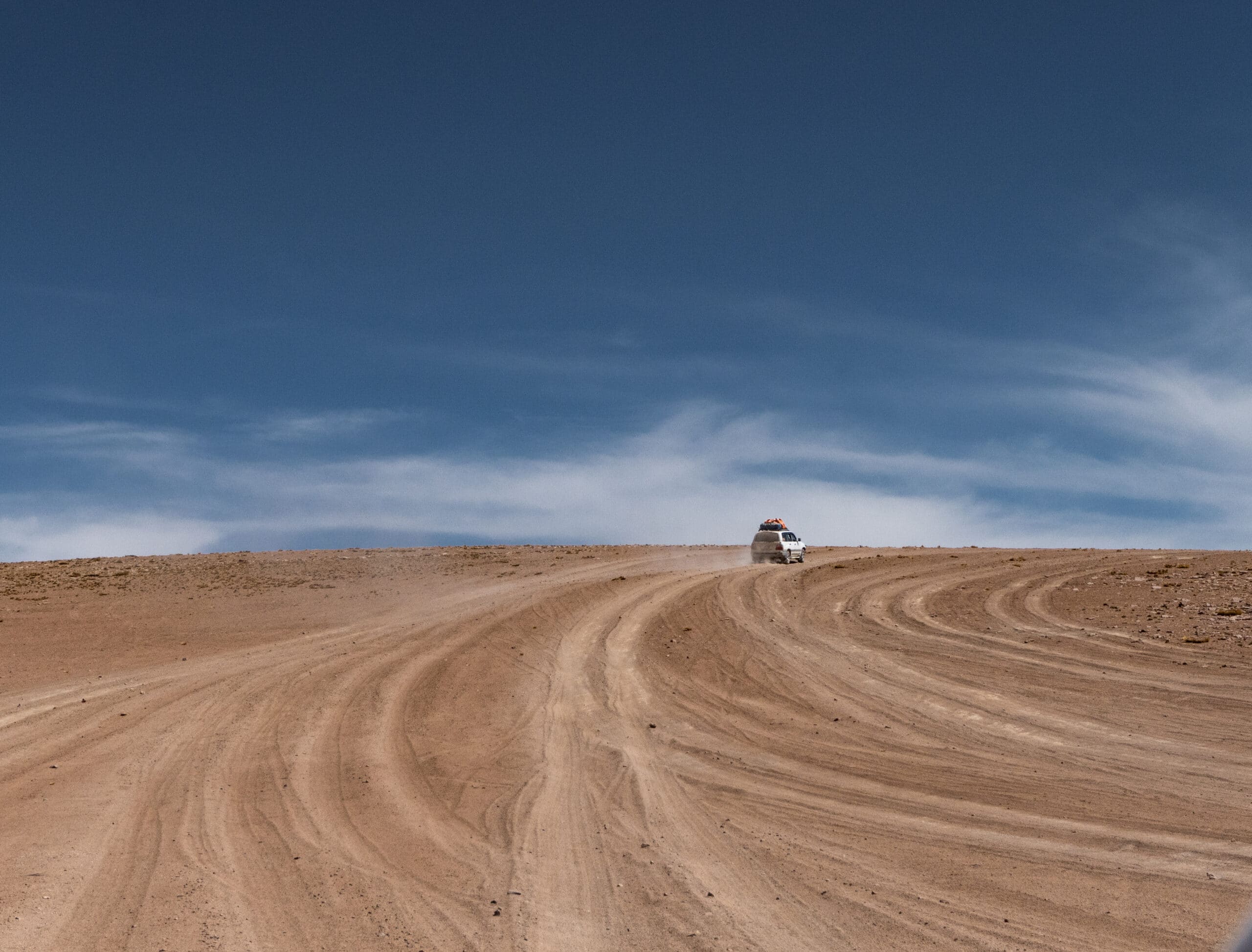
Free monthly entries to ALL giveaways
+1 every month
+5 every month
+10 every month
5%
125
150
350
100
100
50
Cancel membership anytime
Terms apply
apply

Written by
Admin
Published
August 20, 2024
Off-roading across sand dunes is a thrilling experience that tests the skills and capabilities of even the most seasoned adventure enthusiasts. Navigating these shifting landscapes requires a combination of proper technique, vehicle preparation, and an understanding of the terrain. For Australians who have a passion for off-roading, conquering the dunes is not just a pastime but a challenge to be surmounted with expertise. Here, we will delve into the techniques and tips for successful dune navigation.
Australia’s vast coastline and desert regions present a variety of sand dunes, each with unique characteristics. The size, shape, and consistency of sand can impact your off-roading experience, making it essential to understand the topography you’ll encounter. Data trends show a correlation between climate conditions and dune formation – hotter regions tend to have softer sand and steeper dunes, adding to the complexity of navigation. Historical stats suggest that the Simpson Desert, home to the legendary Big Red, offers a perfect example of how varying dune conditions require specific driving strategies.
Before embarking on your dune adventure, proper vehicle preparation is paramount. To navigate sand effectively, four-wheel-drive vehicles should be equipped with all-terrain tires and driven at reduced tire pressures, usually between 15 to 20 PSI, to increase traction and flotation on soft sand. Off-road enthusiasts often invest in upgrades like skid plates and sand ladders or traction mats to aid in vehicle recovery if stuck. For instance, according to off-roading trend analyses, sales of portable air compressors for re-inflating tires post-dune driving have increased by 30% over the past five years, reflecting the importance of vehicle readiness among adventure seekers.
Driving on sand requires finesse and a solid understanding of the right techniques. Keep these tips in mind:
Advanced tracking systems and digital aids are gaining popularity among off-roaders. This technology assists in navigation by mapping out potential routes and alerting drivers to changes in terrain. It’s important to note, however, that electronic gadgets should complement – not replace – basic off-roading skills.
Remember, every dune presents its own challenge. Flexibility, presence of mind, and a respect for the terrain are as important as any technique or piece of equipment. With preparation, knowledge, and skill, navigating sand dunes can be a safe and exhilarating adventure that takes you to some of the most remote and beautiful locations Australia has to offer.
In conclusion, navigation of sand dunes while off-roading is an exciting and rewarding experience that demands respect for the environment and a skillful approach. With the right techniques, vehicle preparation, and awareness of the terrain, enthusiasts can enjoy the dunes safely and responsibly, leaving nothing but tire tracks in the sand.